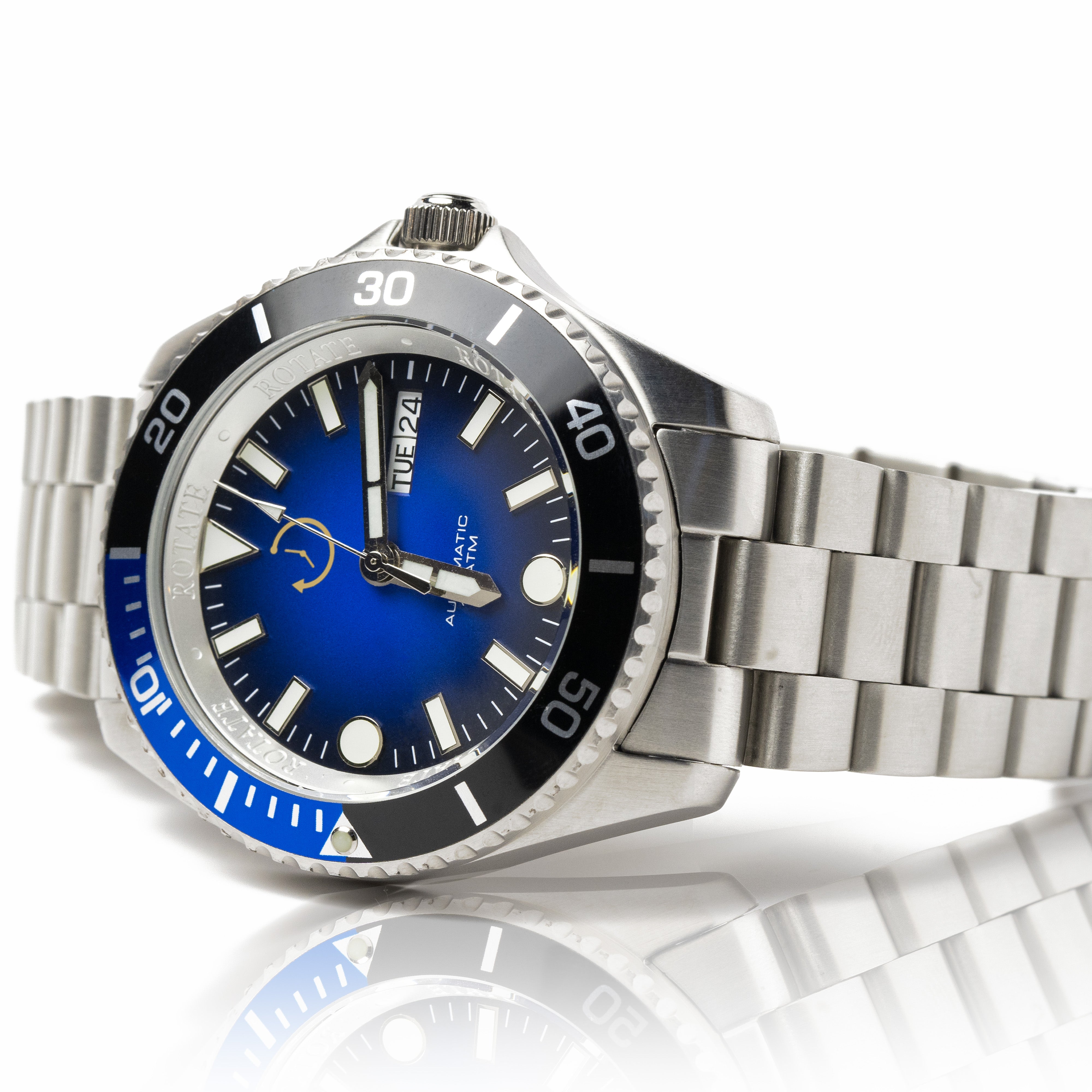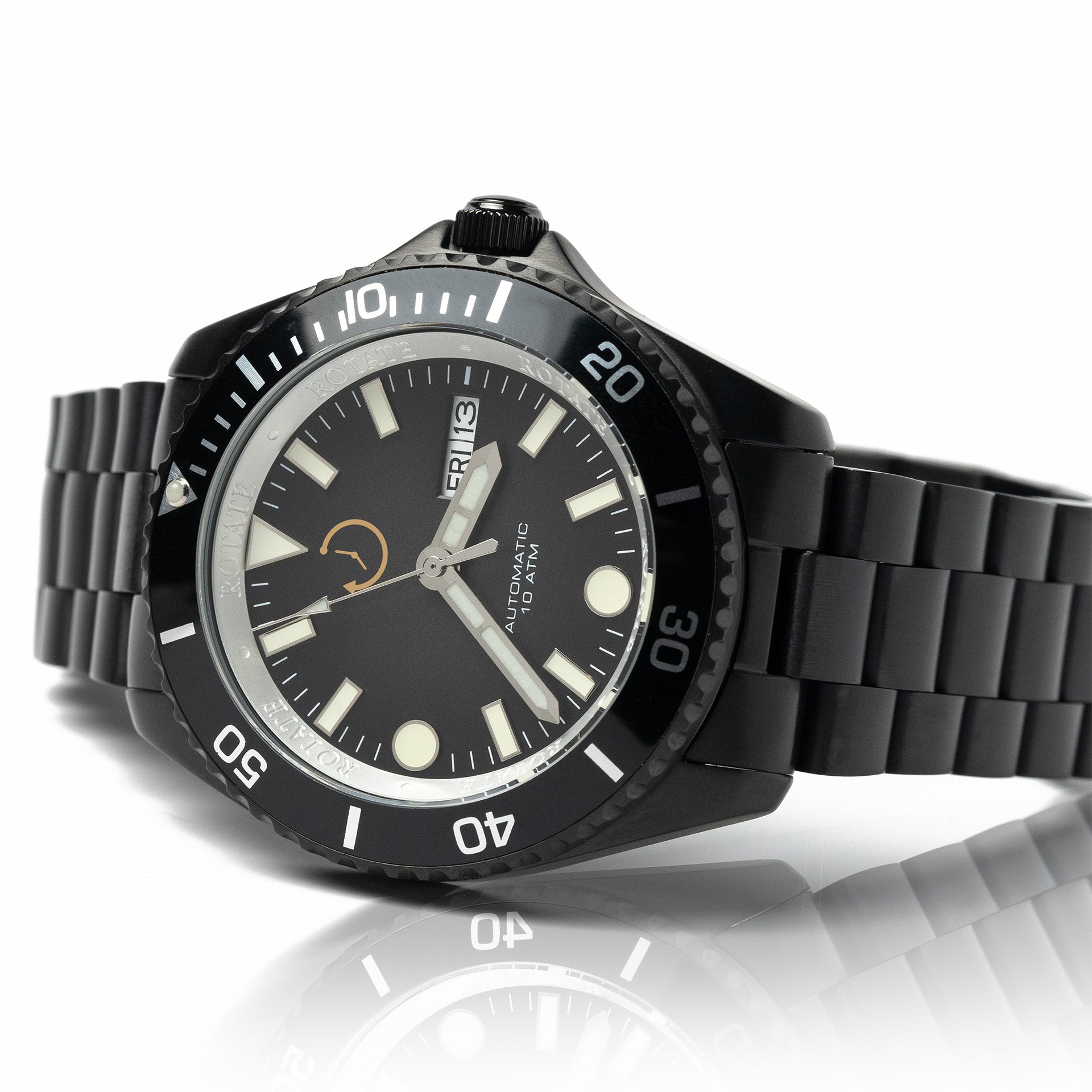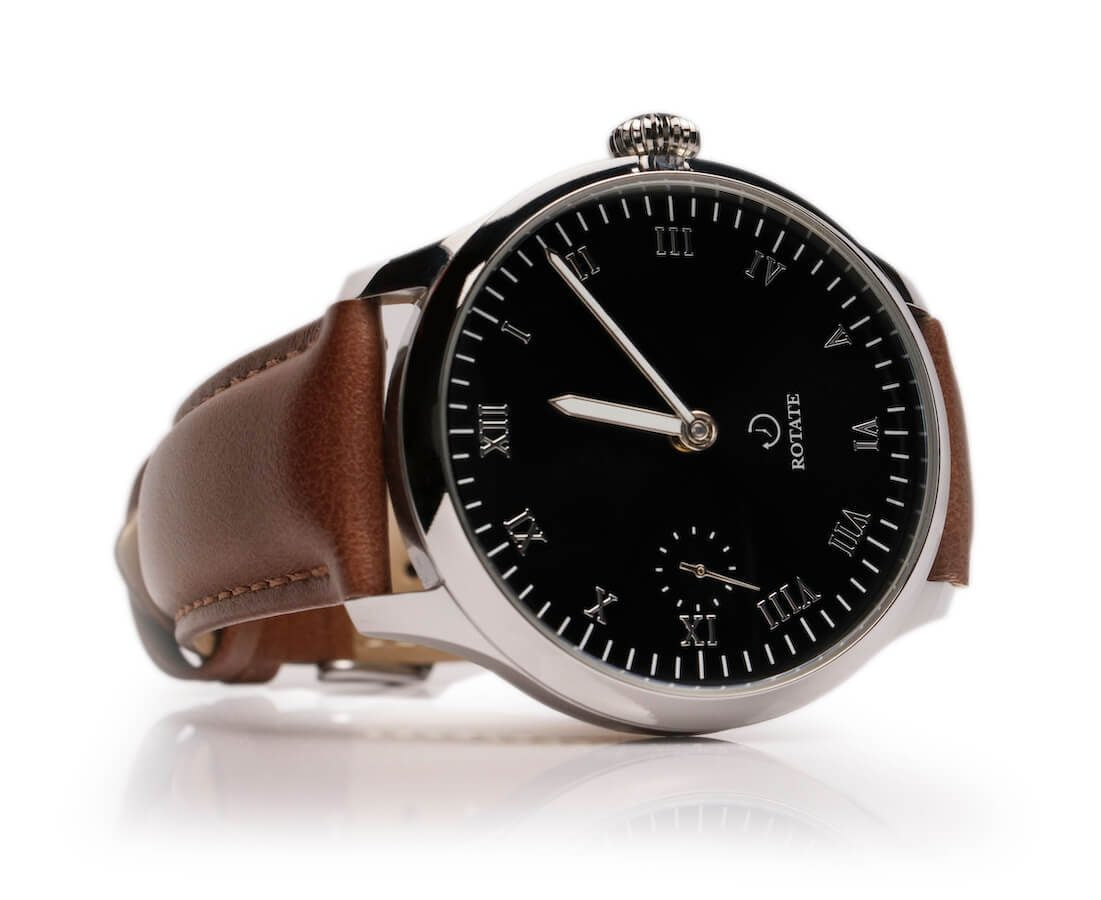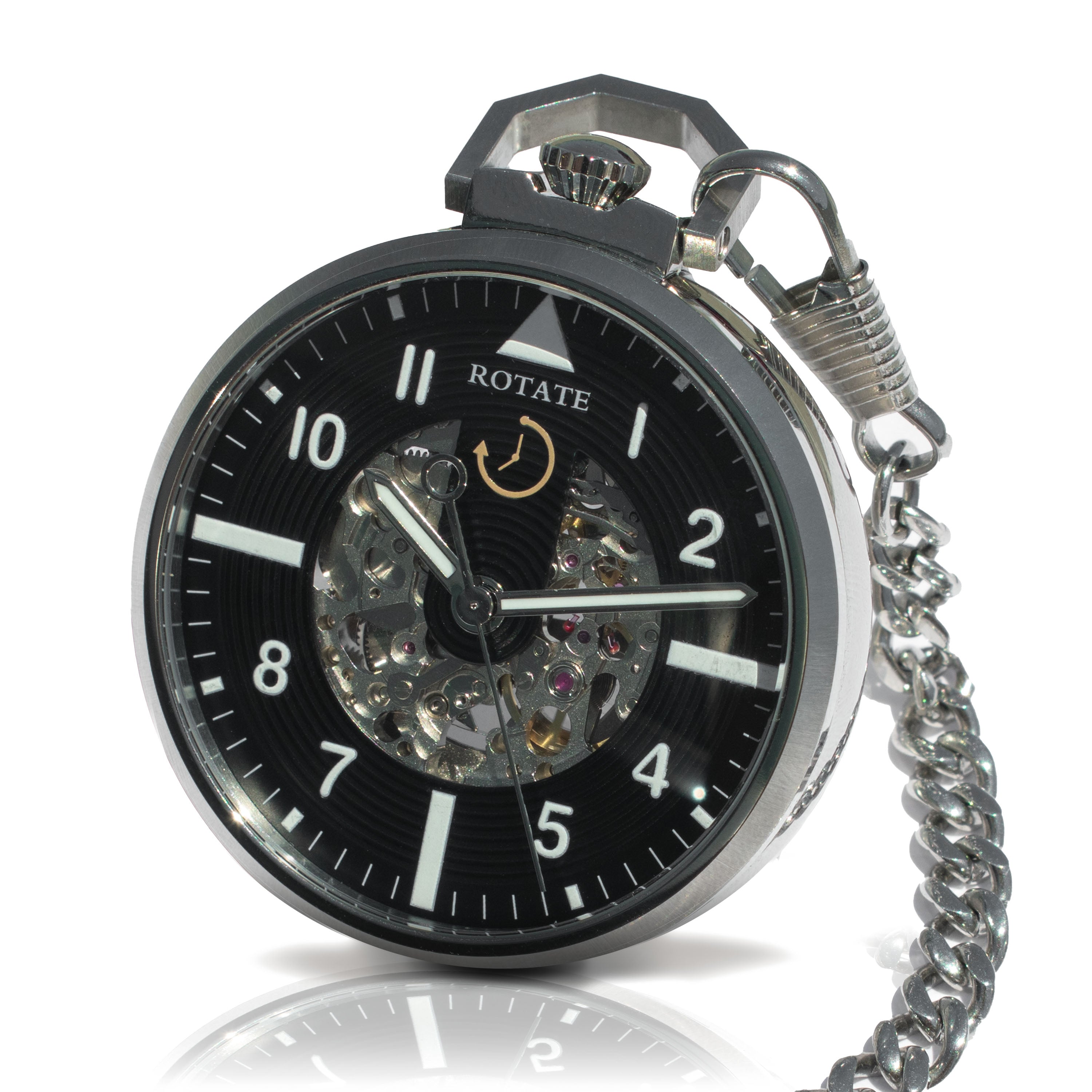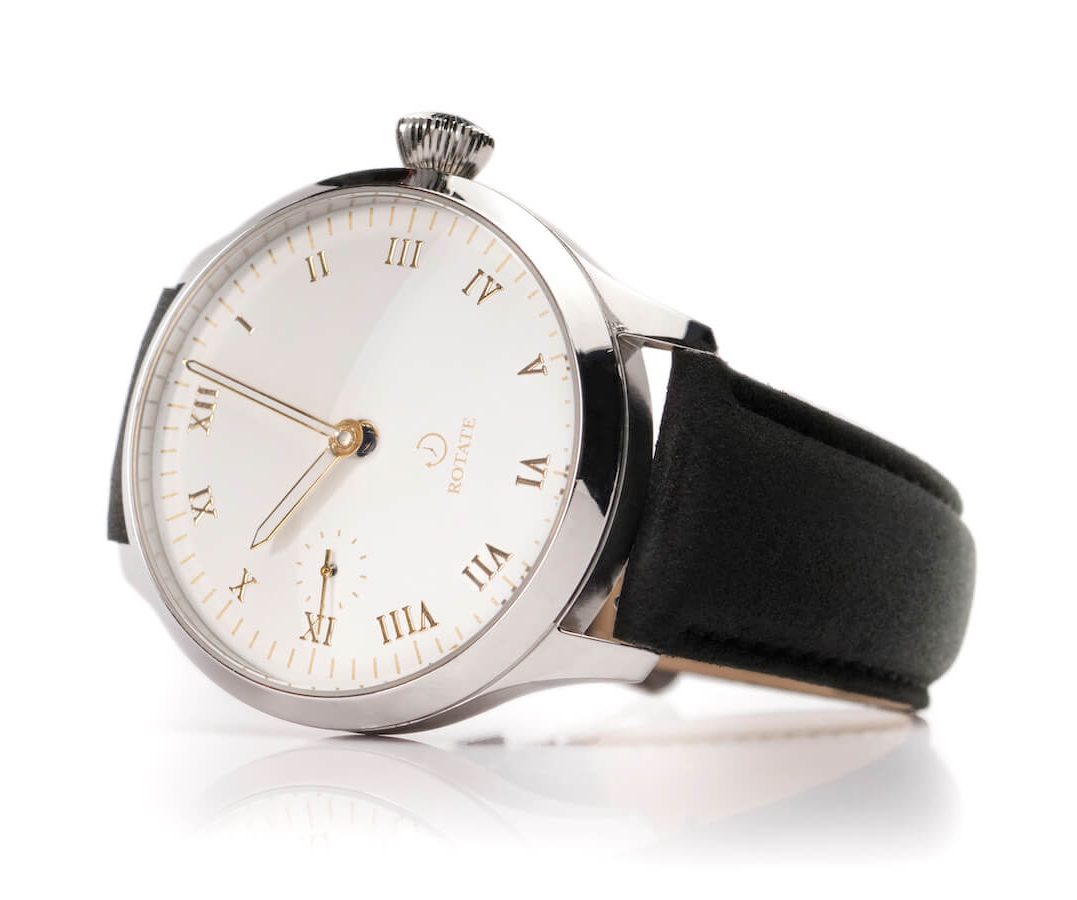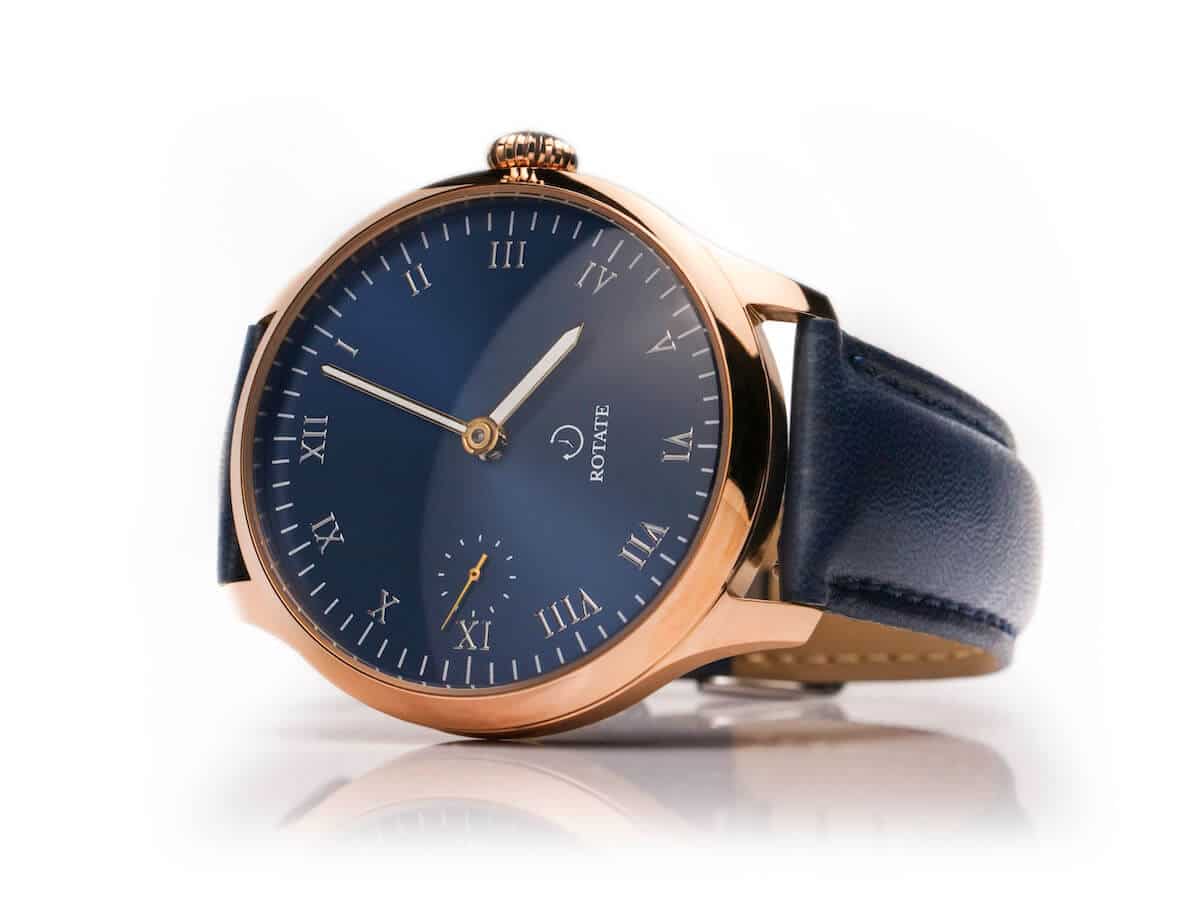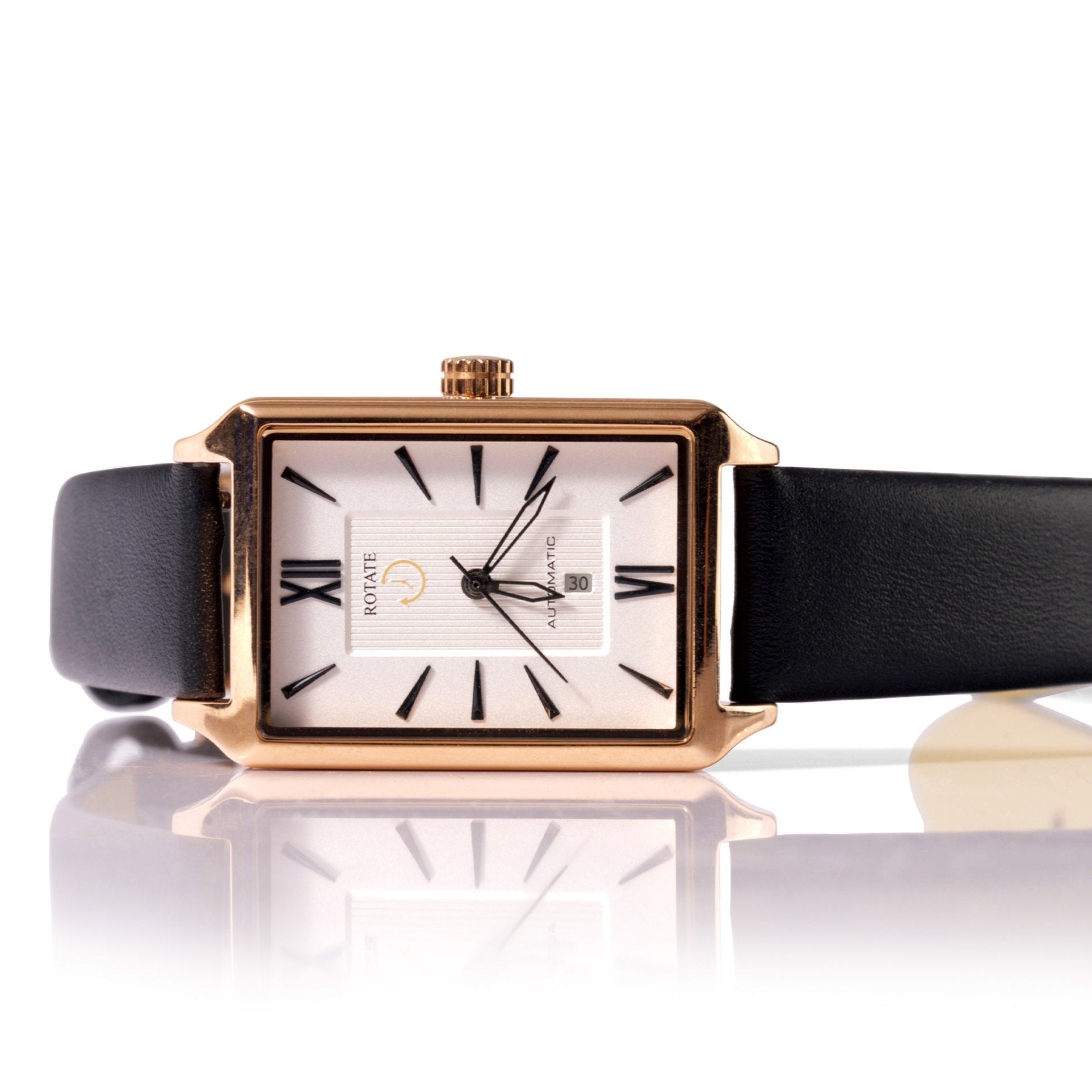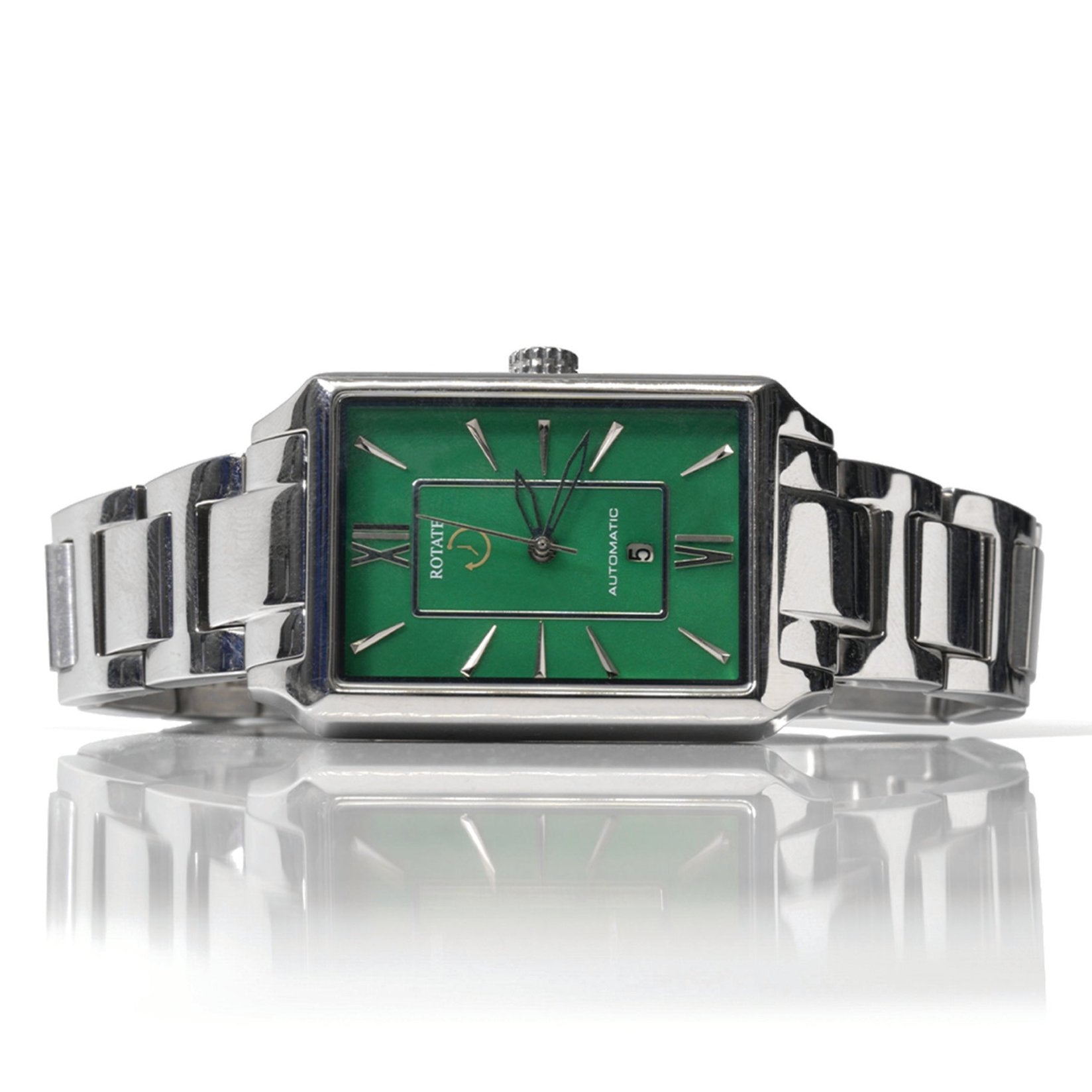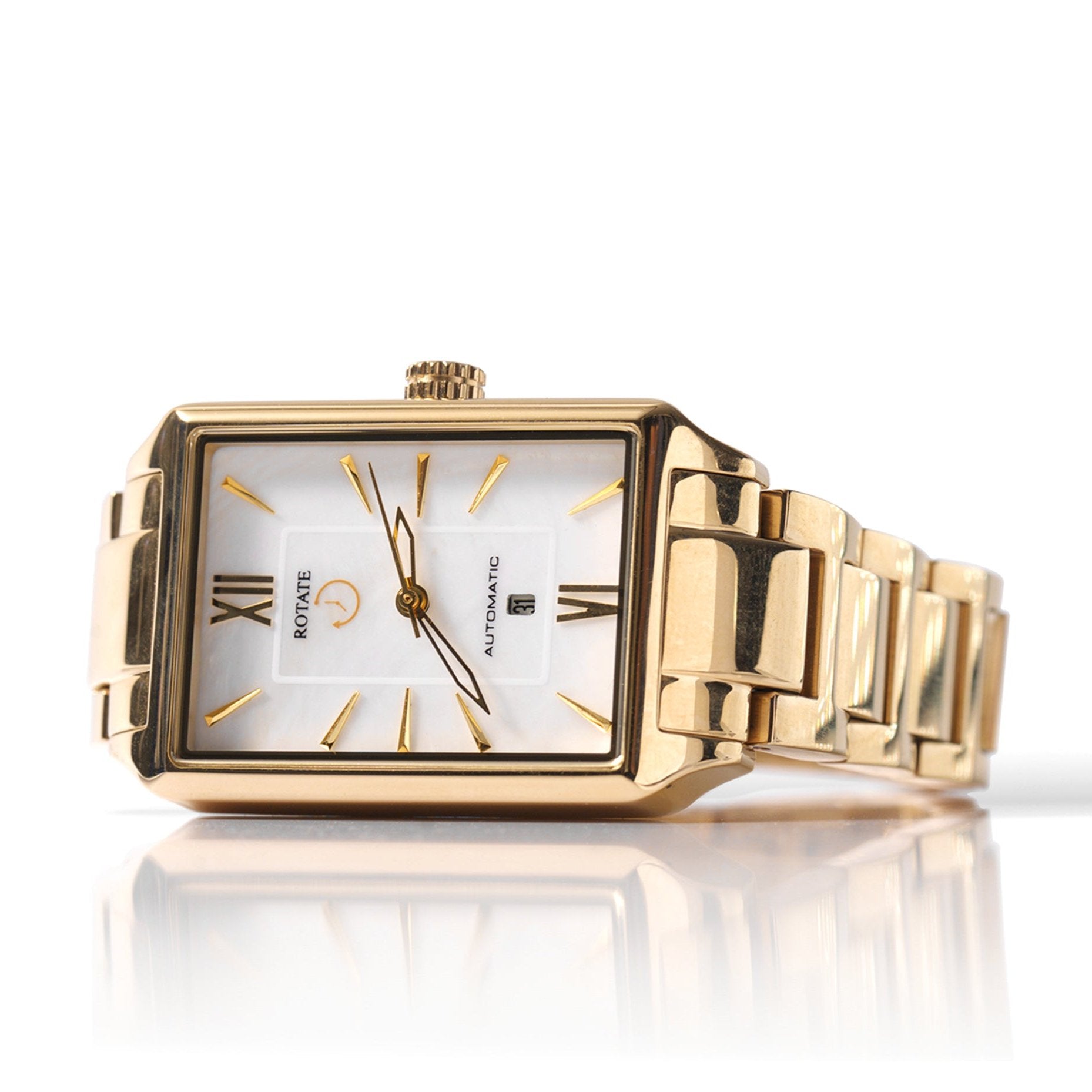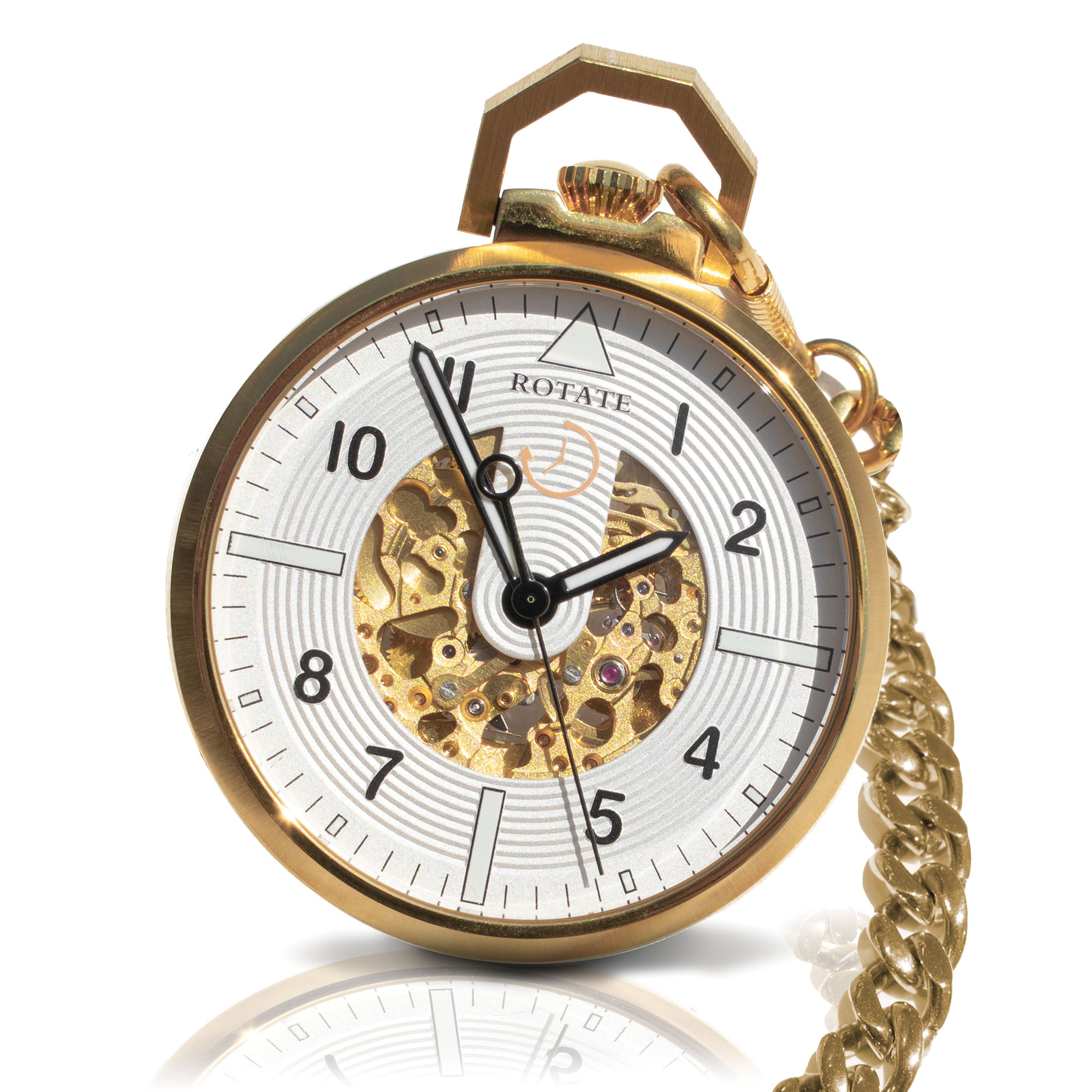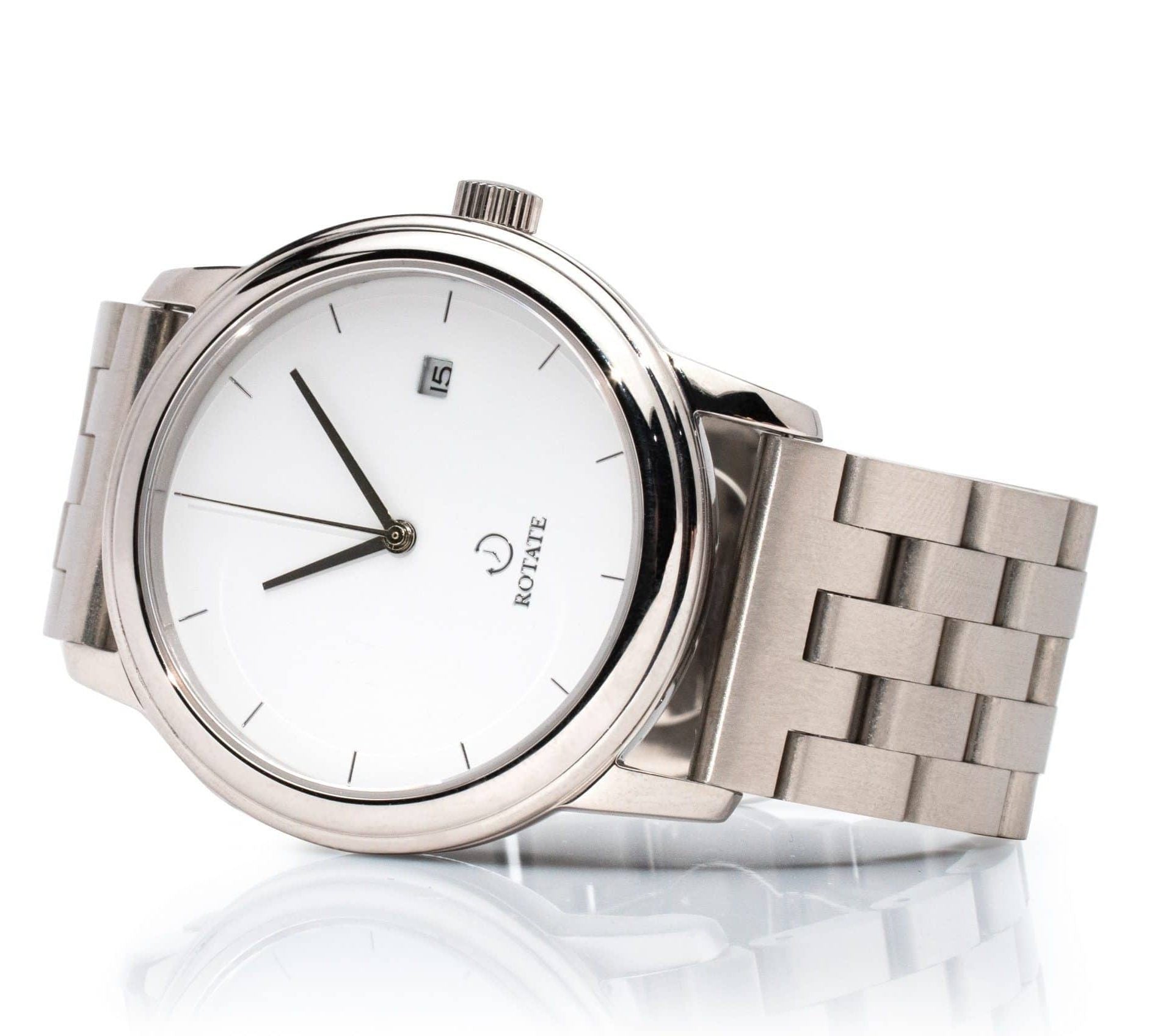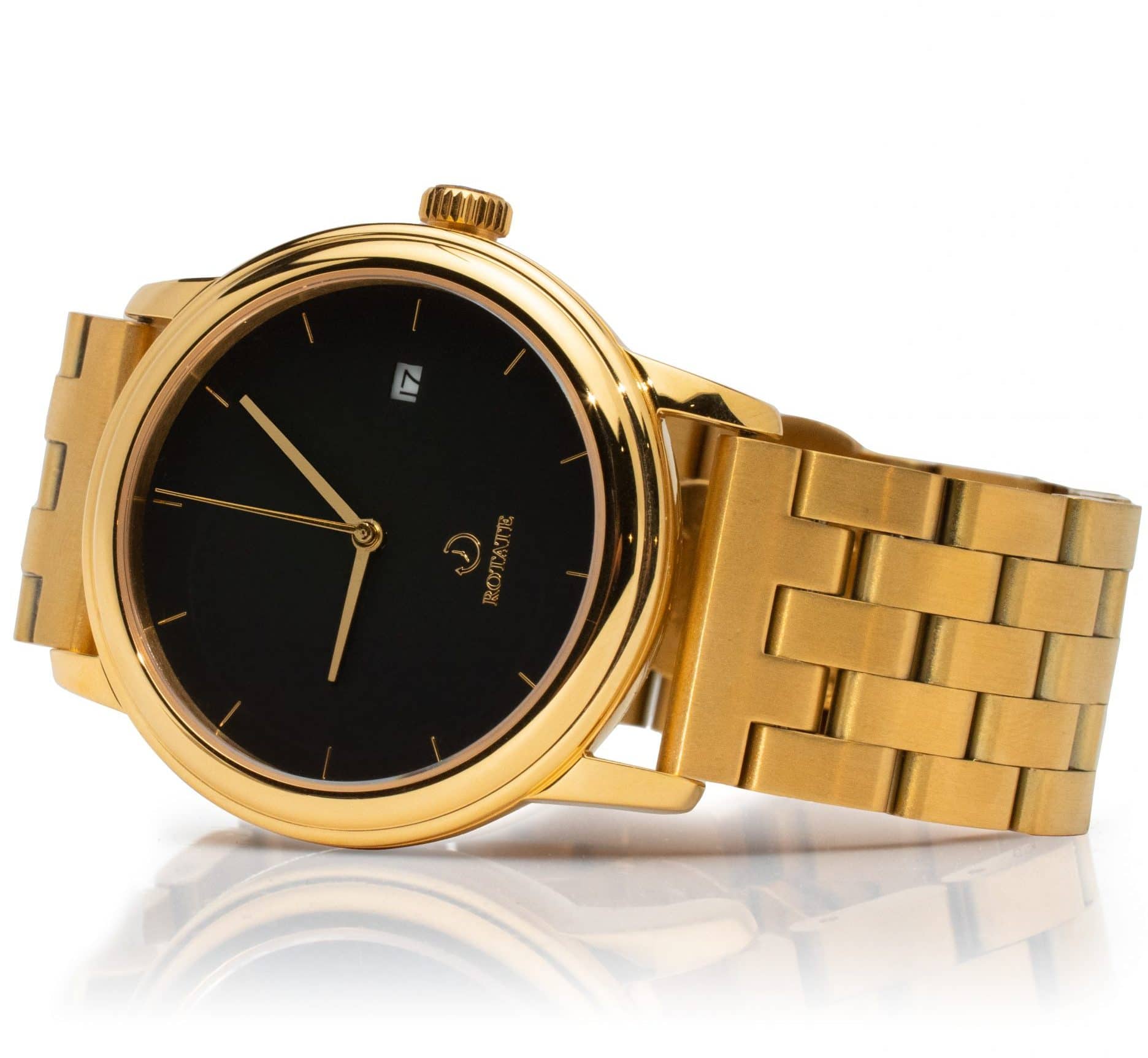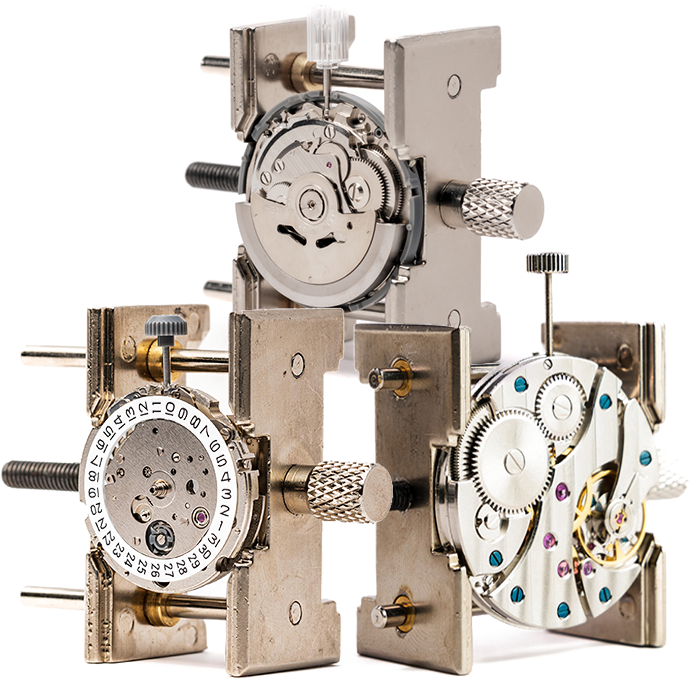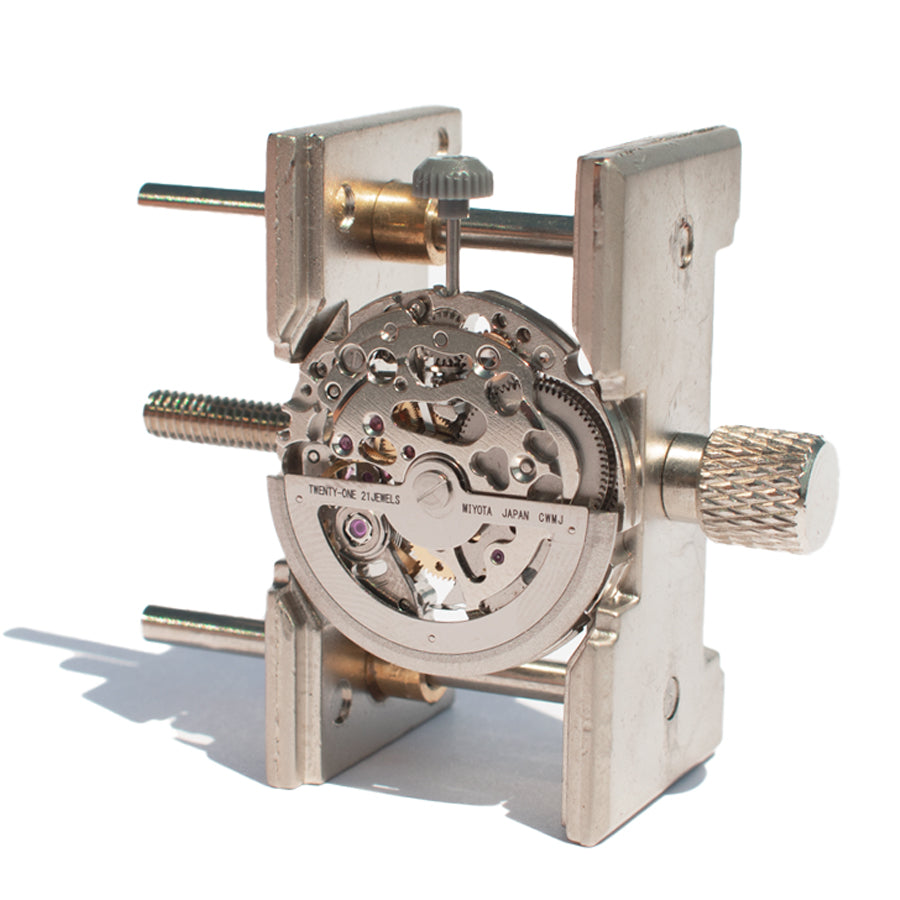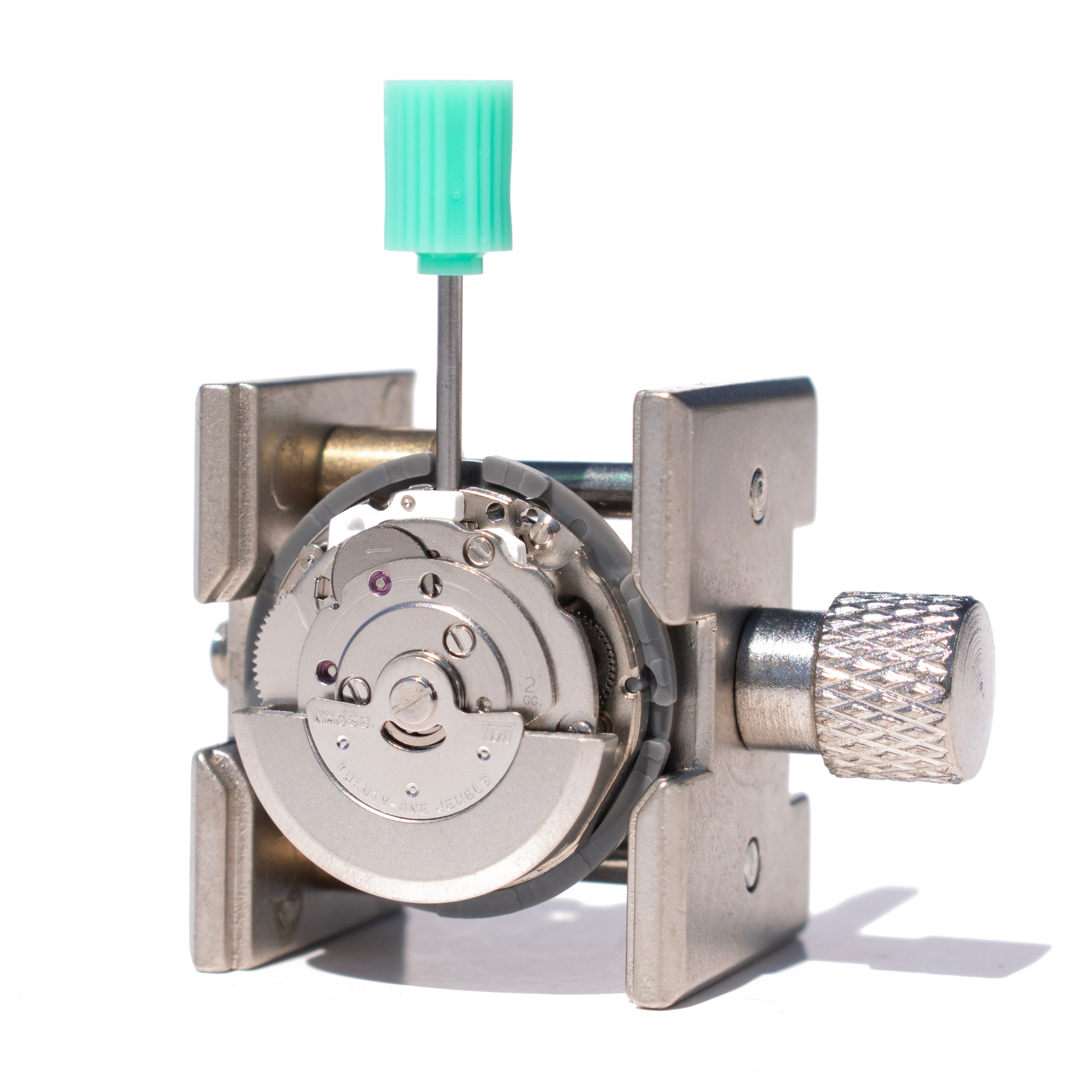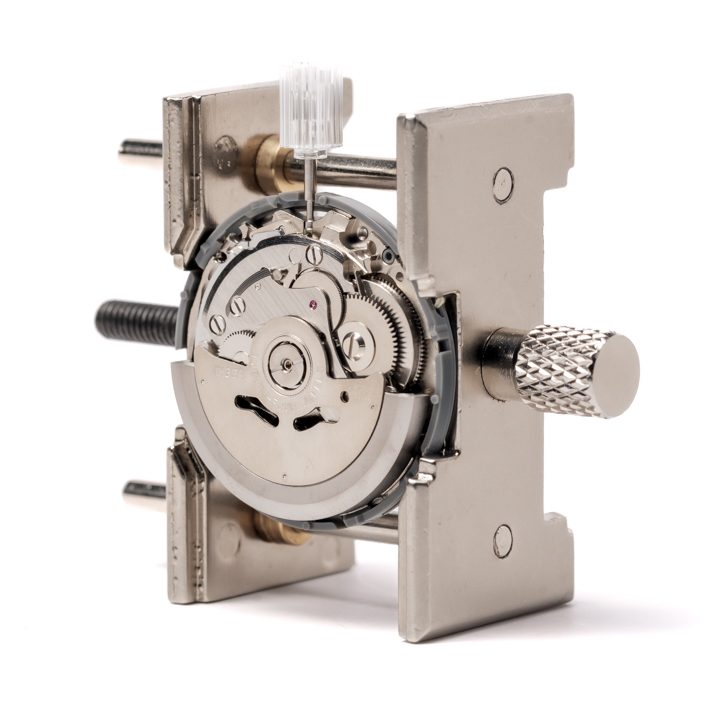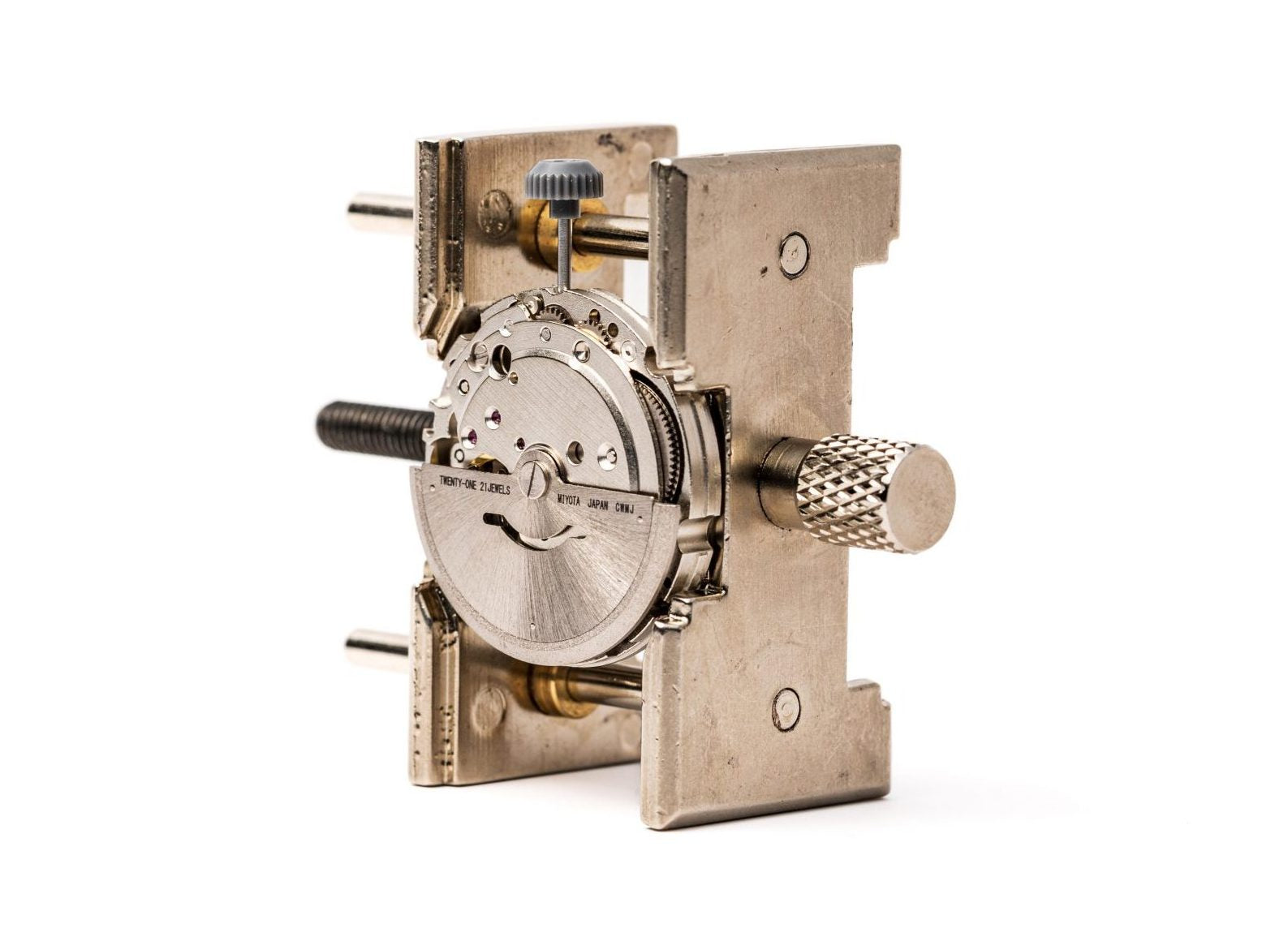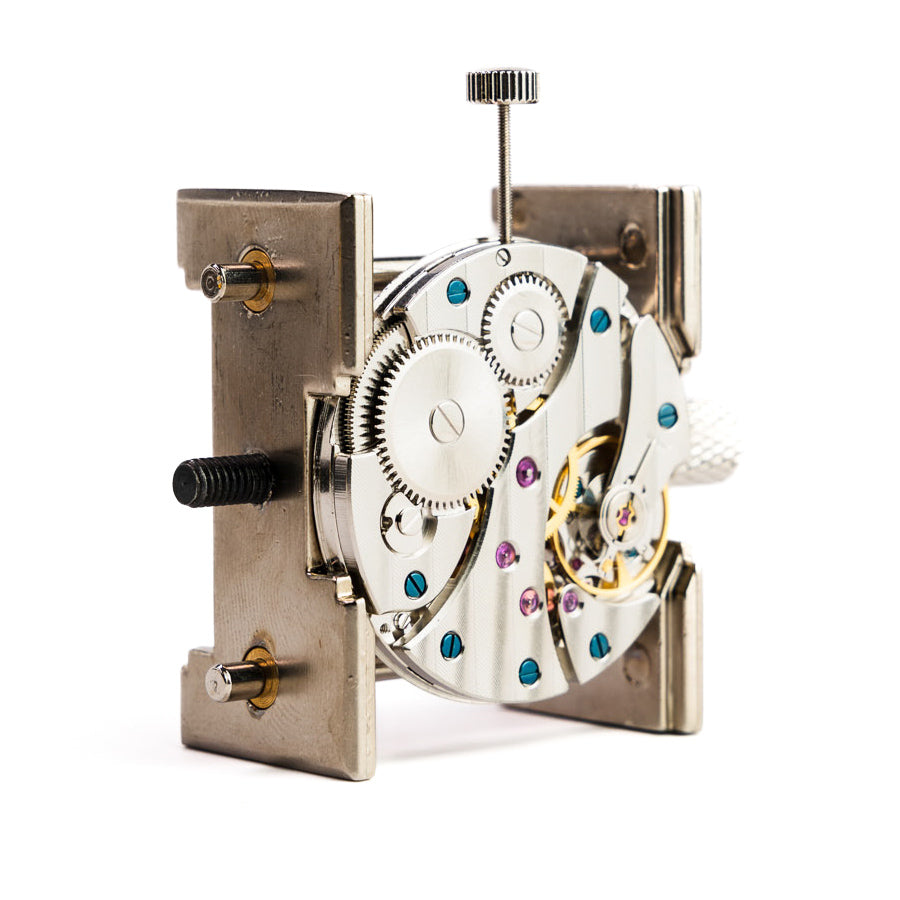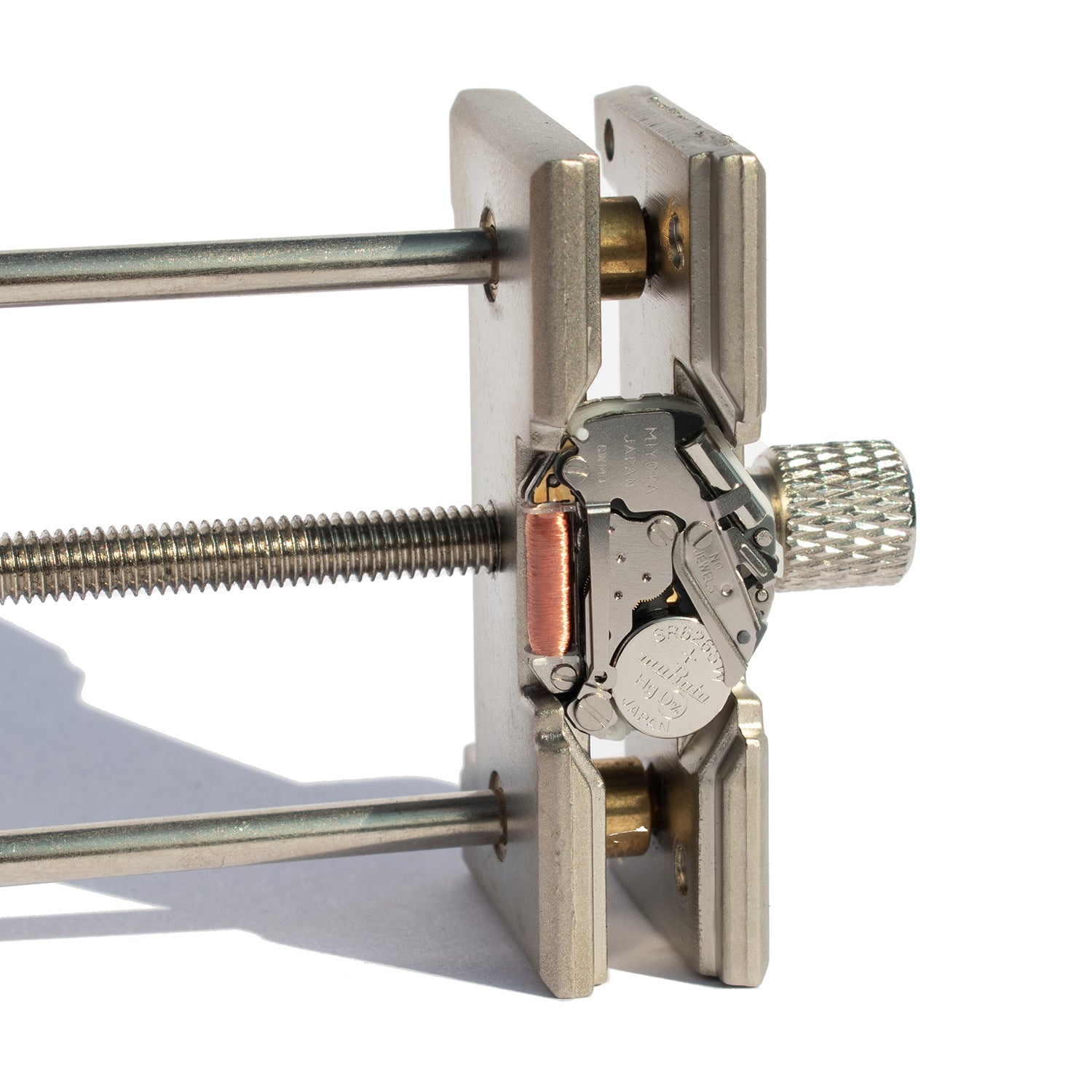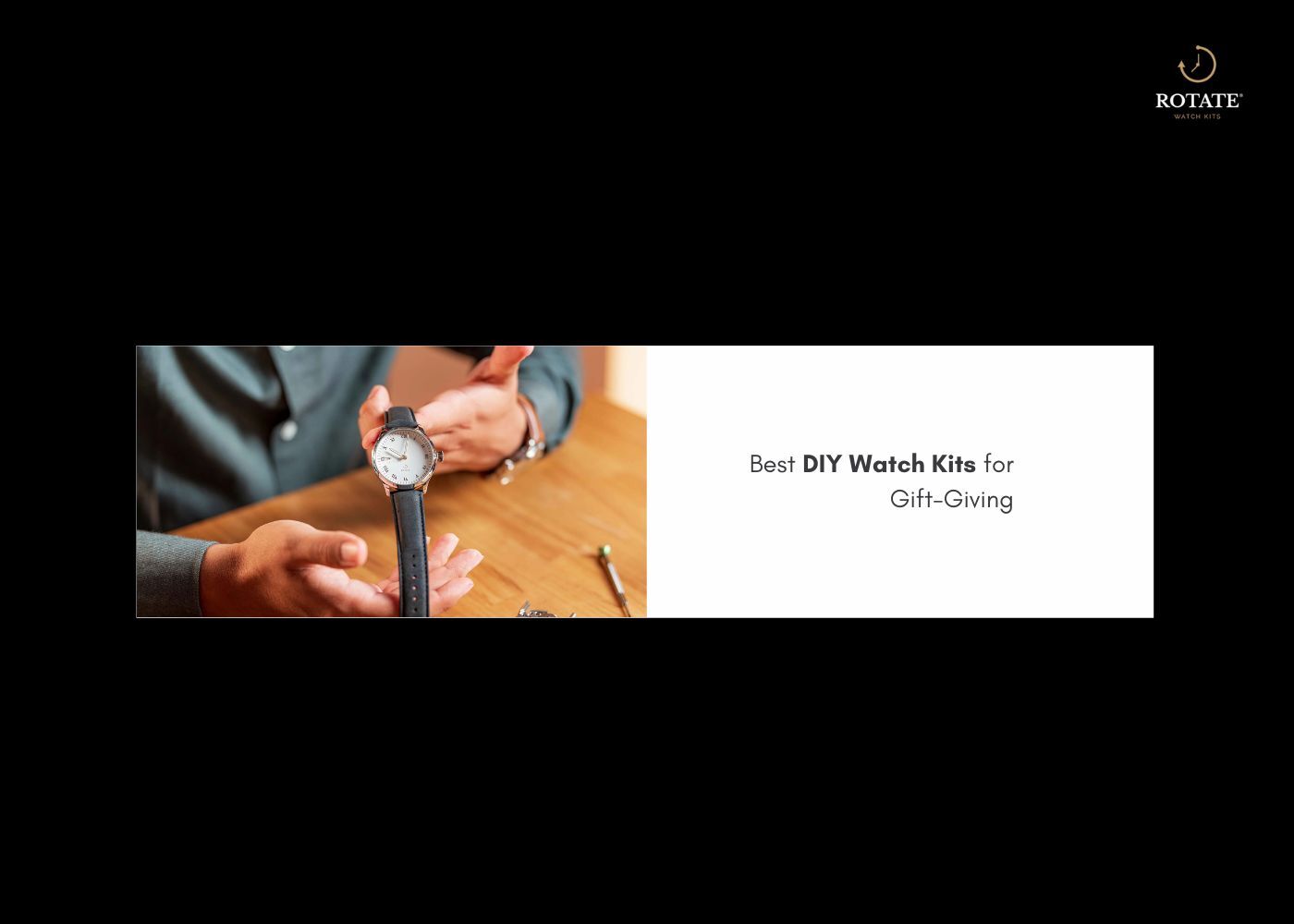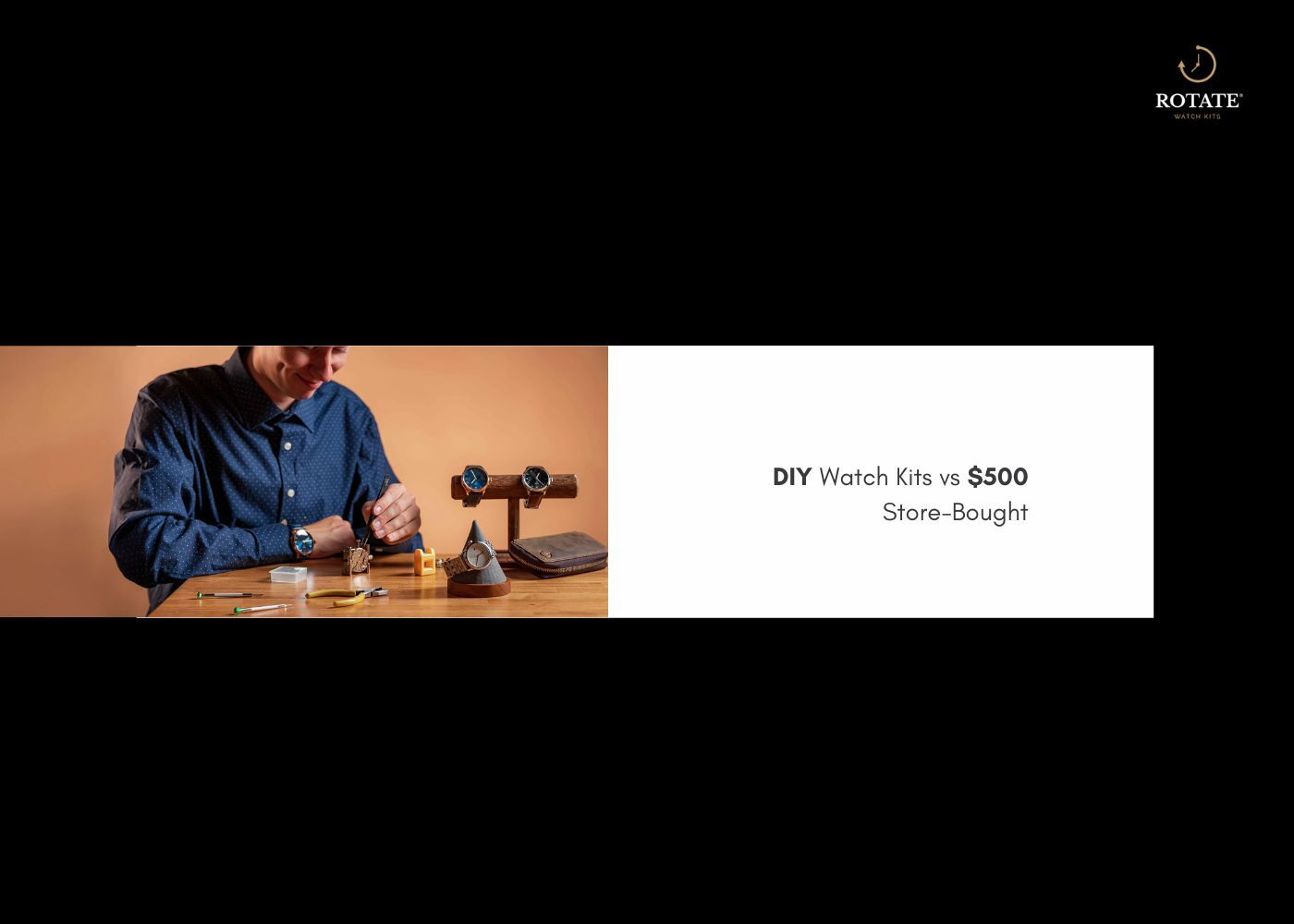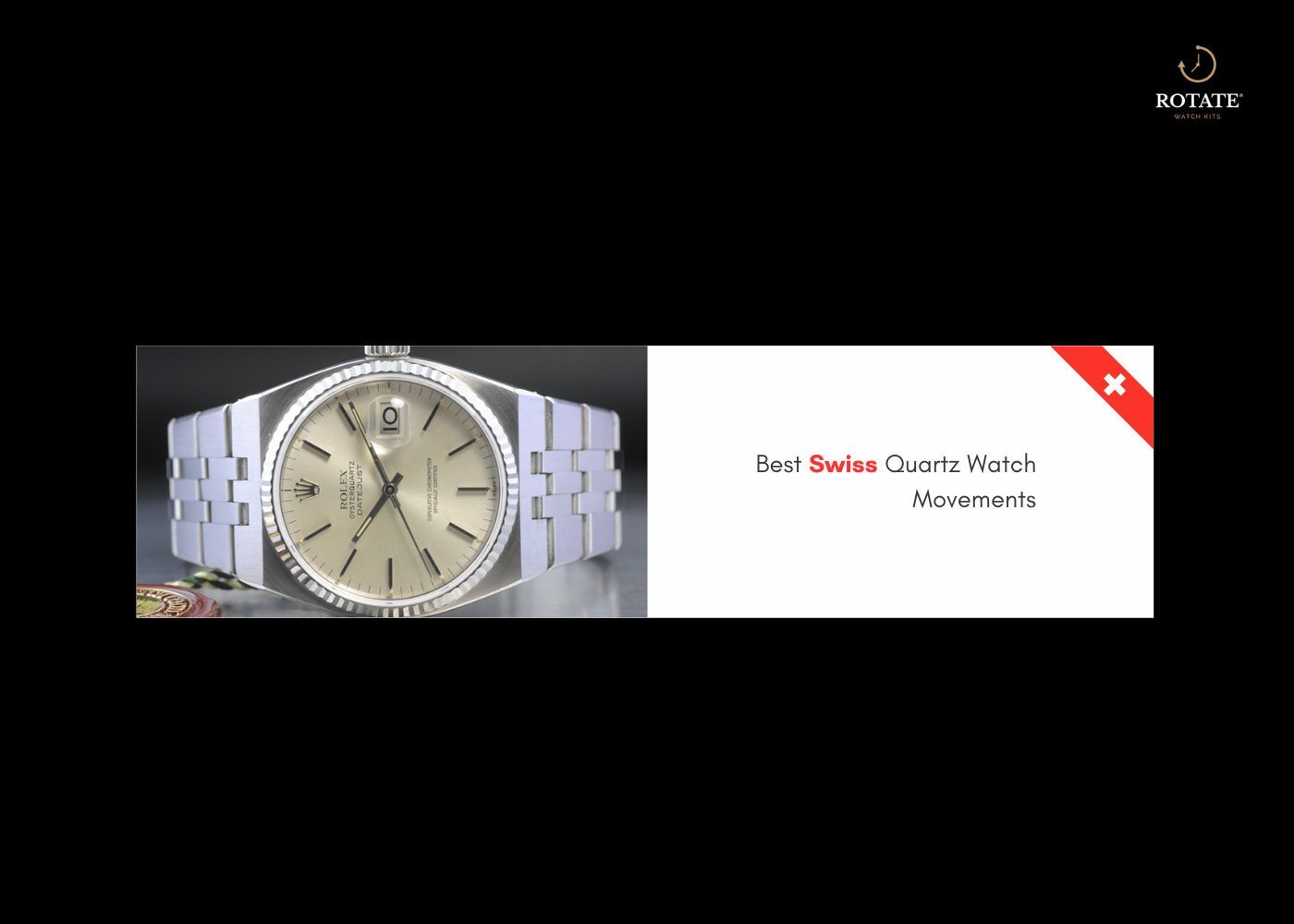
Best Swiss Quartz Watch Movements: A Complete Guide to Precision Timekeeping
Key Takeaways
-
Swiss quartz movements deliver accuracy within ±15 seconds per year, far surpassing mechanical alternatives
-
ETA Precidrive technology achieves ±10 seconds annually, making it the most accurate quartz movement available
-
Battery life typically extends 2-5 years depending on complications and usage patterns
-
Quartz watch movements require minimal maintenance compared to mechanical counterparts
-
Swiss movements from ETA and Ronda set industry standards for reliability and precision
What Are Swiss Quartz Movements and Why Do They Matter
Swiss quartz movements represent the pinnacle of electronic timekeeping technology. These battery-powered mechanisms use a quartz crystal oscillator to regulate time with extraordinary precision. The Swiss watchmaking industry transformed these movements from simple timekeepers into sophisticated instruments that rival mechanical craftsmanship.
The designation "Swiss Made" requires at least 60% of production value originating in Switzerland. This standard ensures quality control and manufacturing excellence that sets these movements apart from alternatives.
The Swiss Watchmaking Legacy
Switzerland pioneered quartz technology refinement after the 1969 "Quartz Crisis." Rather than abandoning mechanical traditions, Swiss manufacturers elevated quartz watch movement standards to complement their heritage expertise.
How Quartz Watch Movements Work for Accurate Timekeeping
Understanding quartz watch movements begins with the piezoelectric effect. When electricity flows through a quartz crystal, it vibrates at precisely 32,768 times per second. This consistent frequency creates the foundation for accurate timekeeping.
The Electronic Process
An integrated circuit divides the crystal's vibrations into one-second pulses. These pulses drive a step motor that advances the watch hands. The entire system consumes minimal power, allowing batteries to last years without replacement.
Why Swiss Quartz Movements Are the Benchmark for Precision
Swiss quartz movements distinguish themselves through superior engineering tolerances and quality control. Manufacturers like ETA and Ronda invest heavily in research, producing movements that maintain accuracy across temperature variations and physical stress.
Temperature compensation technology adjusts for environmental changes. This innovation keeps premium Swiss movements accurate regardless of whether you're skiing in the Alps or relaxing on a tropical beach.
Manufacturing Excellence
Swiss facilities employ automated assembly lines with human oversight at critical stages. Each movement undergoes rigorous testing before leaving the factory, ensuring reliability that justifies the premium pricing.
Top Swiss Quartz Movement Manufacturers You Should Know
ETA (Swatch Group's Backbone of Quartz Innovation)
ETA dominates the Swiss movement market with calibers powering countless watch brands. Their movements range from basic three-hand models to sophisticated chronographs with perpetual calendars.
The ETA 251.232 and 955.652 represent workhorse calibers found in watches from $100 to $1,000. These proven designs balance affordability with Swiss precision.
Ronda (Reliable Swiss Quartz Powerhouse)
Ronda specializes in quartz watch movements for fashion and mid-range timepieces. Their Powertech series offers enhanced accuracy and extended battery life compared to standard movements.
The Ronda 515 and 715 calibers power numerous dress watches, providing slim profiles perfect for elegant designs.
ISA and Others (Niche Swiss Quartz Makers Worth Considering)
ISA focuses on ultra-thin movements for dress watches requiring minimal case thickness. Though smaller than ETA or Ronda, ISA maintains Swiss manufacturing standards and precision.
Comparing Swiss Quartz Movements vs Japanese Quartz Movements
Japanese manufacturers like Seiko and Miyota produce excellent quartz watch movements at competitive prices. The practical accuracy difference between Swiss and Japanese Quartz often measures in single-digit seconds annually.
Swiss movements typically offer superior finishing and tighter tolerances. Japanese counterparts excel in value and innovation, with Seiko's Spring Drive bridging quartz and mechanical technologies. Learn more about the differences in our Swiss movement vs Japanese movement comparison.
Price and Availability
Swiss movements command premium prices but offer wider high-end options. Japanese movements dominate entry and mid-level markets with proven reliability.
The Most Accurate Quartz Movement Models Ever Made
ETA Precidrive (±10 Seconds/Year Accuracy)
ETA's Precidrive technology represents the most accurate quartz movement in mass production. Temperature compensation and optimized circuitry achieve accuracy rivaling atomic clocks for practical purposes.
Longines V.H.P. and Breitling SuperQuartz
These branded movements use ETA Precidrive technology with additional testing. Longines V.H.P. (Very High Precision) guarantees ±5 seconds yearly through rigorous calibration.
Ronda Powertech and Swissonic Lines
Ronda's premium lines achieve ±10-20 seconds annually. The Swissonic series adds extended battery life up to 10 years for three-hand configurations.
Key Components Inside a Quartz Watch Movement Explained
Battery and Step Motor Function
The battery supplies constant power to the integrated circuit. Step motors convert electrical pulses into mechanical motion, advancing watch hands in precise increments.
Battery types vary by movement design. Standard 1.55V silver oxide cells power most Swiss quartz movements, lasting 2-3 years with standard functions.
Integrated Circuit and Quartz Oscillator Role
The IC processes crystal vibrations and manages all electronic functions. Modern circuits consume microamperes, maximizing battery efficiency while maintaining accuracy.
Gear Train and Hands Synchronization
Miniature gears reduce motor rotation to appropriate speeds for hour, minute, and second hands. Swiss manufacturing ensures smooth operation and minimal friction.
Common Signs Your Quartz Movement Watch Needs Replacement or Repair
Watch for these indicators that your quartz watch movement requires attention:
-
Second hand jumping multiple positions instead of smooth advancement
-
Complete stoppage despite recent battery replacement
-
Inconsistent timekeeping gaining or losing multiple seconds daily
-
Moisture inside the crystal indicating seal failure
-
Hands touching or binding during rotation
How to Maintain and Extend the Life of Your Swiss Quartz Movement
Regular battery replacement prevents leakage damage. Replace batteries every 2-3 years regardless of function to avoid corrosion.
Keep watches away from strong magnetic fields and extreme temperatures. While Swiss movements resist these factors better than basic quartz, prolonged exposure still affects performance. Understand proper care in our guide on mechanical watch basics.
Store unused watches in moderate humidity environments to prevent seal deterioration.
Best Quartz Watch Movements for DIY and Watchmaking Projects
While Swiss quartz movements offer precision, Japanese movements provide better accessibility for DIY enthusiasts. The Miyota and Seiko lines deliver reliability at approachable price points.
The Miyota 8215 movement offers automatic winding at $140, while the Seiko NH36 movement kit includes comprehensive tools for $140. These movements provide hands-on learning comparable to Swiss engineering principles.
For complete beginners, our watchmaking kits starting at $195 include everything needed to build functional timepieces.
Choosing Between Mechanical and Quartz Watch Movements as a Watch Enthusiast
Quartz watch movements excel in accuracy and low maintenance. Mechanical movements offer craftsmanship appreciation and traditional watchmaking connections.
Many enthusiasts maintain both types, selecting quartz for daily accuracy and mechanical pieces for special occasions. Understanding both technologies deepens appreciation for horology. Explore this topic further in our quartz vs mechanical watches comparison.
The Practical Considerations
Budget-conscious collectors find quartz movements deliver exceptional value. Mechanical enthusiasts invest in complexity and artistry beyond pure timekeeping function.
Final Thoughts on Investing in the Best Swiss Quartz Watch Movements
Swiss quartz movements represent the ultimate expression of electronic timekeeping. While premium pricing exceeds Japanese alternatives, the combination of accuracy, reliability, and Swiss craftsmanship justifies the investment for serious collectors.
Whether choosing a finished timepiece or exploring DIY watchmaking, understanding movement technology enhances every aspect of watch ownership and appreciation.
Time isn't just measured, it's built with your own hands.
Start your watchmaking journey with Rotate Watches, where complete DIY kits transform curiosity into craftsmanship. Browse our movement kits and complete watch kits to begin your horological adventure today.
FAQs
Q1. What makes Swiss quartz movements more accurate than mechanical movements?
Ans. Swiss quartz movements use crystal oscillators vibrating at 32,768 Hz, achieving ±10-15 seconds yearly accuracy versus mechanical movements' ±5-10 seconds daily variance.
Q2. How long do batteries last in Swiss quartz watch movements?
Ans. Standard quartz watch movements run 2-3 years on single batteries. Premium models with power-saving features extend life to 5-10 years depending on complications.
Q3. Are Swiss quartz movements worth the higher price?
Ans. Swiss movements offer superior finishing, tighter tolerances, and enhanced accuracy compared to basic quartz alternatives. Value depends on your priorities for precision and Swiss craftsmanship.
Q4. Can I replace a Swiss quartz movement myself?
Ans. Basic movement swaps require minimal tools and skill. However, proper waterproofing and case sealing often require specialized equipment for reliable results.
Q5. What is the most accurate Swiss quartz movement available?
Ans. ETA Precidrive technology achieves ±10 seconds annual accuracy, with Longines V.H.P. variants reaching ±5 seconds through additional calibration and temperature compensation.
Q6. How do Swiss and Japanese quartz movements compare in reliability?
Ans. Both offer excellent reliability when properly maintained. Swiss movements provide marginally better finishing while Japanese movements excel in value and widespread parts availability.
{ "@context": "https://schema.org", "@type": "FAQPage", "mainEntity": [ { "@type": "Question", "name": "What makes Swiss quartz movements more accurate than mechanical movements?", "acceptedAnswer": { "@type": "Answer", "text": "Swiss quartz movements use crystal oscillators vibrating at 32,768 Hz, achieving ±10-15 seconds yearly accuracy versus mechanical movements' ±5-10 seconds daily variance." } }, { "@type": "Question", "name": "How long do batteries last in Swiss quartz watch movements?", "acceptedAnswer": { "@type": "Answer", "text": "Standard quartz watch movements run 2-3 years on single batteries. Premium models with power-saving features extend life to 5-10 years depending on complications." } }, { "@type": "Question", "name": "Are Swiss quartz movements worth the higher price?", "acceptedAnswer": { "@type": "Answer", "text": "Swiss movements offer superior finishing, tighter tolerances, and enhanced accuracy compared to basic quartz alternatives. Value depends on your priorities for precision and Swiss craftsmanship." } }, { "@type": "Question", "name": "Can I replace a Swiss quartz movement myself?", "acceptedAnswer": { "@type": "Answer", "text": "Basic movement swaps require minimal tools and skill. However, proper waterproofing and case sealing often require specialized equipment for reliable results." } }, { "@type": "Question", "name": "What is the most accurate Swiss quartz movement available?", "acceptedAnswer": { "@type": "Answer", "text": "ETA Precidrive technology achieves ±10 seconds annual accuracy, with Longines V.H.P. variants reaching ±5 seconds through additional calibration and temperature compensation." } }, { "@type": "Question", "name": "How do Swiss and Japanese quartz movements compare in reliability?", "acceptedAnswer": { "@type": "Answer", "text": "Both offer excellent reliability when properly maintained. Swiss movements provide marginally better finishing while Japanese movements excel in value and widespread parts availability." } } ] }

